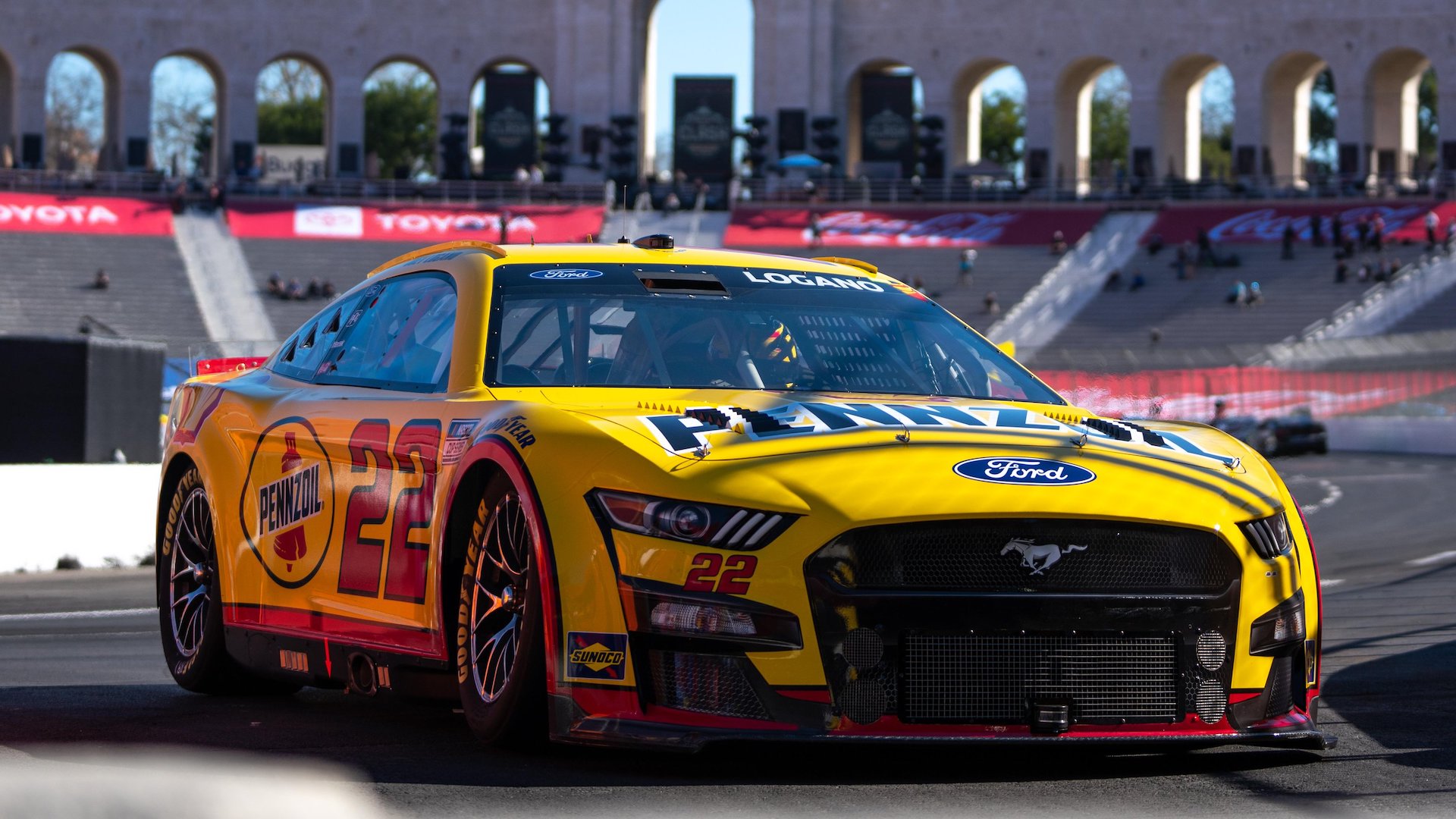

NASCAR Cup Series teams have been worried for months that the new 2022 chassis wouldn’t be ready in large enough numbers for this season. They were right, as an ongoing component shortage will leave teams with just barely enough cars to enter the season-opening Daytona 500 on Feb. 20—but possibly not enough to have backups on hand in case of a crash.
2022 marks the debut season for a new generation of stock car, christened the Next Gen, which was conceived as a silver-bullet solution to some of NASCAR’s biggest problems. Its revised aero is expected to facilitate better racing, its body is supposed to more closely resemble that of road cars, and its full embrace of NASCAR’s reality as a spec series should drive down costs with the use of standardized parts made by pre-approved vendors. The reality of car manufacturing in a world still reeling from a pandemic, though, is that slimmed-down supply chains are more prone to failure, and that’s exactly what’s going on with NASCAR.

As of mid-January, Fox Sports reported teams had only two to three of the five stock cars they wanted built by the time Daytona rolled around. But those cars aren’t expected to be complete until the end of February (around the time of the WISE Power 400), as teams are now stuck waiting on suppliers to ship parts that previously could’ve been produced in-house. Since testing of the chassis began last Autumn, multiple components have been hastily redesigned, and their replacements have yet to reach teams in bulk.
Drivers weren’t especially worried at the time, but a tweet from The Athletic‘s Jeff Gluck indicates that the parts shortage—thus the car shortage—continues, and will also force NASCAR to compromise on a tradition associated with the Daytona 500 winner’s car. Since 1997, said car has been displayed in post-race condition for the subsequent year at the track’s adjacent Motorsports Hall of Fame of America. Gluck, however, reports that teams’ need for their cars will free the winner from having their car interred at the museum. Instead, the winning car will be laser-scanned to generate a wrap, which will be applied to a spare Next Gen chassis (when one becomes available), and displayed that way.
The change won’t be permanent, as NASCAR will reportedly resume its tradition in 2023, but it serves as a reminder of the toll that the last two years have taken (and are still taking) on the automotive and racing worlds. The bars may be open, but we’re not out of the woods yet, folks.
Got a tip or question for the author? You can reach them here: james@thedrive.com
